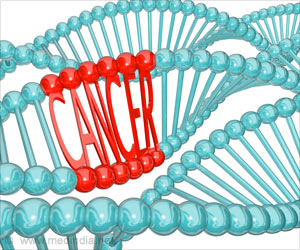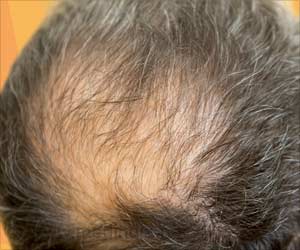“Using blood, or liquid biopsies, on the other hand, provides a homogeneous representation of cfDNA that is being shed from all types of cells,” said Dr. Anton Wellstein, corresponding author for the study.
‘Cell-free DNA (cfDNA) tend to shed in the circulating blood as part of cell death. This DNA fragment helps detect whether cancer therapies could produce changes in tumor cells that cause them to degenerate.’
What is Cell-free DNA (cfDNA)?
Cell-free DNA (cfDNA) refers to the forms of DNA freely circulating in the bloodstream. During cell death, it is shed from the tissues as a normal part of tissue regeneration.
Thus, cell-free DNA (cfDNA) isolated from blood plasma samples shows any case of cell death across the body in both normal and cancer cells.
How could it help in detecting response to cancer therapies?
DNA fragments tend to have methylated segments which are nothing but regions of DNA where a chemical group called methyl group is added. These methylation patterns are unique to specific cell types.
“Methylated cfDNA has opened a new and minimally invasive way to detect damage to cells in the body as there are often hundreds of methyl markers per cell that can mark, very specifically, where the cells came from, much like a barcode scanner at a grocery checkout tells the store the identity of a particular product. Combined biological and computational analyses make deciphering these methylation patterns/molecular barcodes possible so that researchers can trace the origins of cfDNA,” explains Dr. Megan Barefoot, lead author of the study.
These analyses aid investigators in determining the tissue of origin of cancer, especially if it was due to a certain type of treatment.
“This approach can be applied to any therapy that will impact tissue equilibrium by causing cells in tissues to become damaged and die, including chemotherapy, radiation, and immunotherapy. This review really helps set the stage for our future research efforts,” concludes Wellstein.
This ground-breaking study has been published in the journal Frontiers in Genetics.
Source: Medindia



